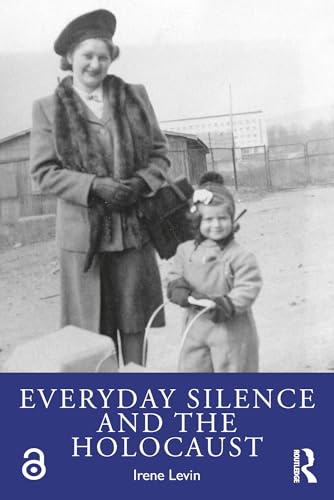
The Kishinev Ghetto, 1941–1942
by Paul A. Shapiro
"A Documentary History of the Holocaust in Romania's Contested Borderlands"
Popularity
4.79 / 5
* A book's popularity is determined by how it compares to all other books on this website.
Where to buy?
Buy from Amazon* If you buy this book through the link above, we may receive a small commission at no extra cost to you.
The Kishinev Ghetto, 1941–1942 by Paul A. Shapiro
Details
War:
World War II
Perspective:
Researcher
True Story:
Yes
Biography:
No
Region:
Europe
Page Count:
224
Published Date:
2015
ISBN13:
9780817388126
Description
Brief Summary
The Kishinev Ghetto, 1941–1942 by Paul A. Shapiro offers an in-depth examination of the tragic events surrounding the establishment and obliteration of the Kishinev ghetto. Set during the Axis offensive against the Soviet Union in 1941, the book delves into the persecution and eventual annihilation of the Jewish population in Kishinev, following a swift transition back to Romanian rule after Soviet governance. Shapiro's work thoroughly documents the plight of the Jews in this region, providing crucial insight into a segment of Holocaust history that had, until now, received scant attention due to decades of political suppression in Eastern Europe.
Main Themes and Topics
At its core, the book focuses on the repercussions of antisemitism in Eastern Europe during the 1940s and the devastating impacts of the Romanian and German military campaigns. Shapiro intricately details the Romanian-German alliance and its lethal consequences for the Jews residing in Bessarabia, an area that aligned geographically with modern-day Moldova. By leveraging newly accessible archival documents from Romania, the book brings to the fore the obscured narratives of the Holocaust in territories often neglected in mainstream historical discourse. Themes of survival under systematic oppression, the brutality of wartime governance, and the perils of political manipulation recur throughout the text.
Writing Style and Tone
Paul A. Shapiro adopts an academic yet accessible style, ensuring that the complexity of historical events is navigable to both scholars and interested lay readers. His commitment to accuracy and comprehensive documentation is evident in the detailed narrative he constructs. The tone is appropriately somber, reflecting the gravity of the events and the human tragedies that unfolded during this dark chapter of history. With an emphasis on factual recounting supported by meticulously selected primary sources, Shapiro achieves a balance between scholarly thoroughness and narrative clarity.
Awards and Recognition
While the review does not mention specific awards, it is important to highlight that The Kishinev Ghetto, 1941–1942 is published in association with the United States Holocaust Memorial Museum, signaling its scholarly merit and importance in Holocaust studies. Shapiro's extensive research and authoritative insights contribute to the book's recognition in academic circles focused on Eastern European history and genocidal studies.
Criticism
Critics might argue that the book's dense academic prose could present challenges for general readers, potentially limiting its appeal beyond scholarly audiences. Additionally, while the book succeeds in shedding light on neglected aspects of Holocaust history, some might wish for a broader contextual analysis linking the events in Kishinev to the larger framework of the Holocaust across Europe.









